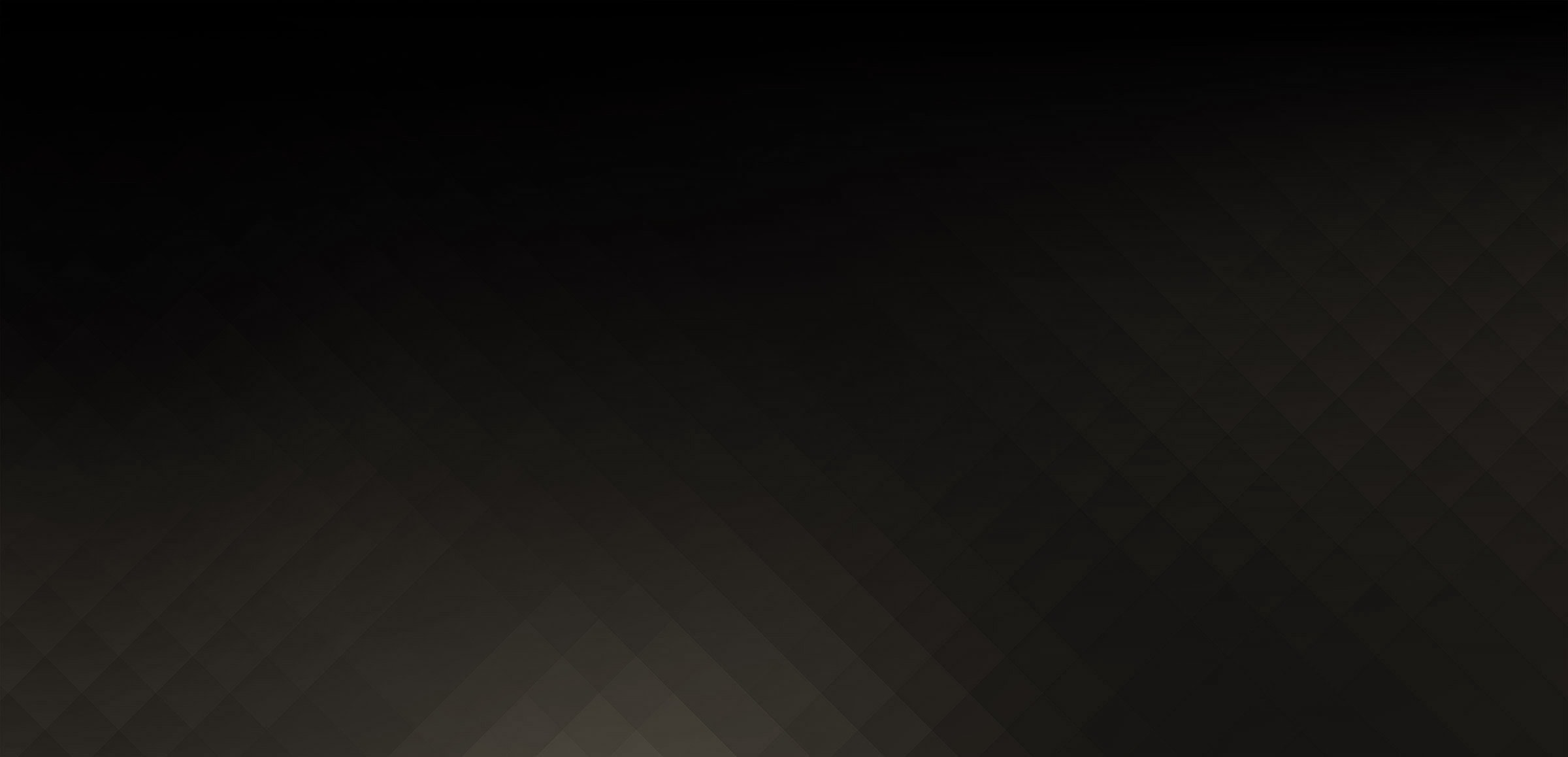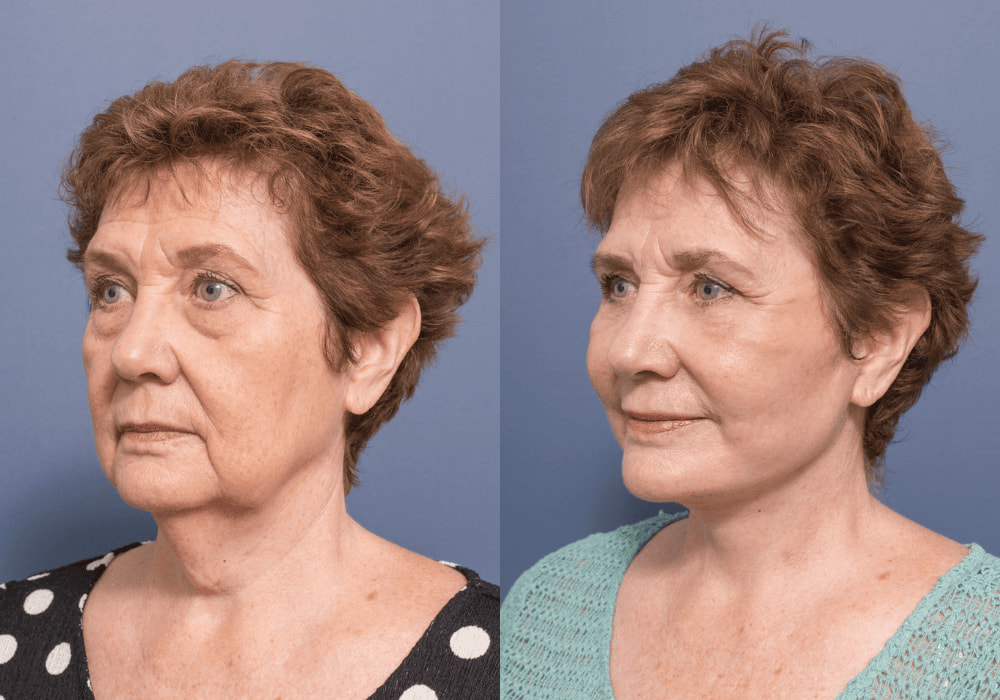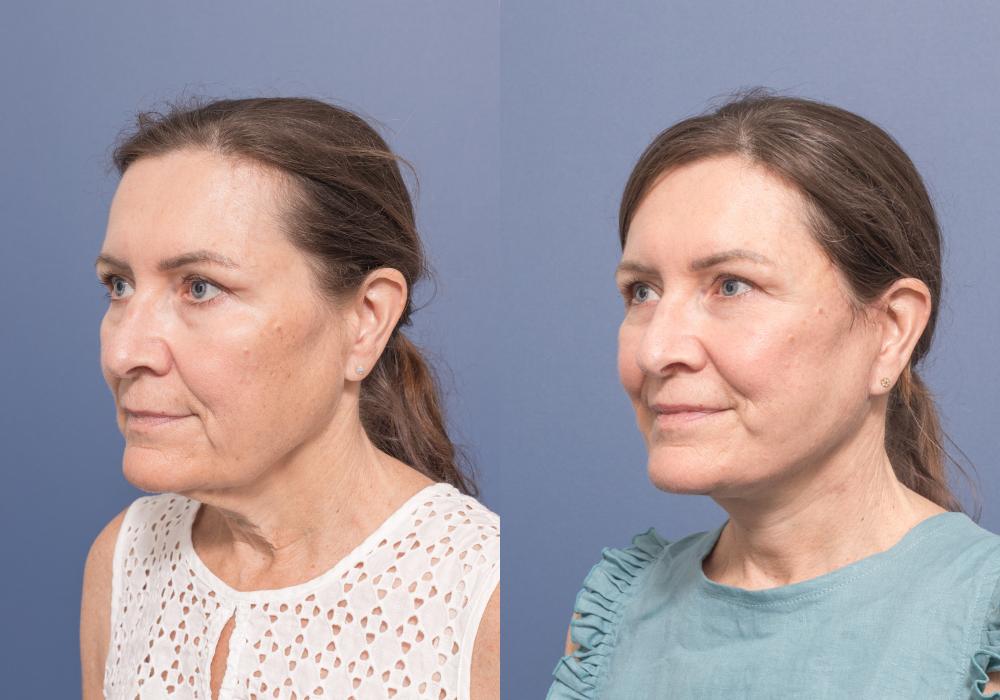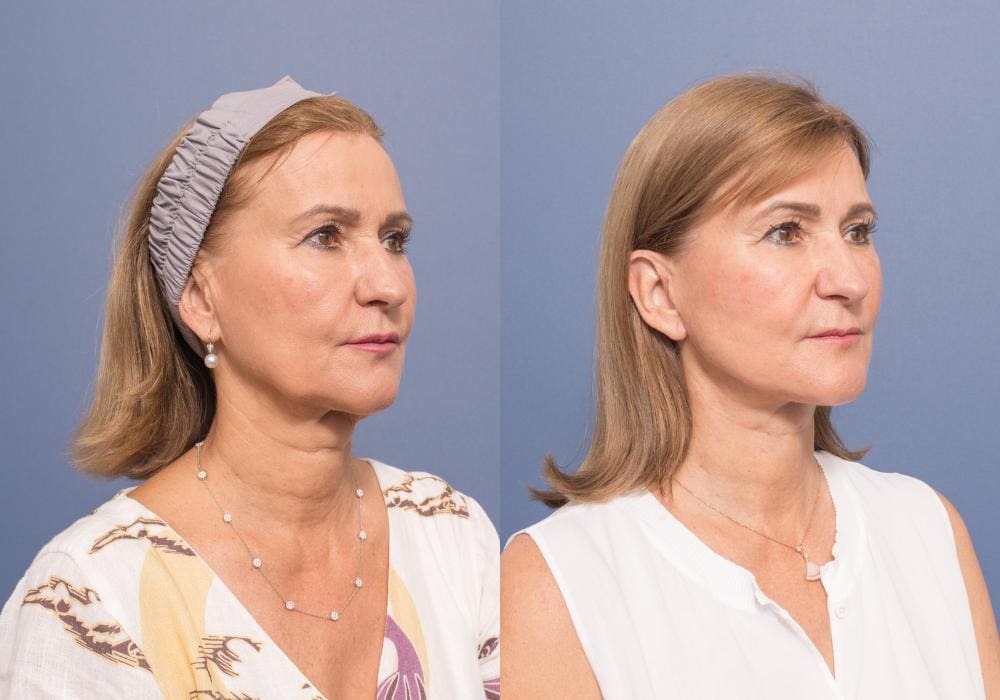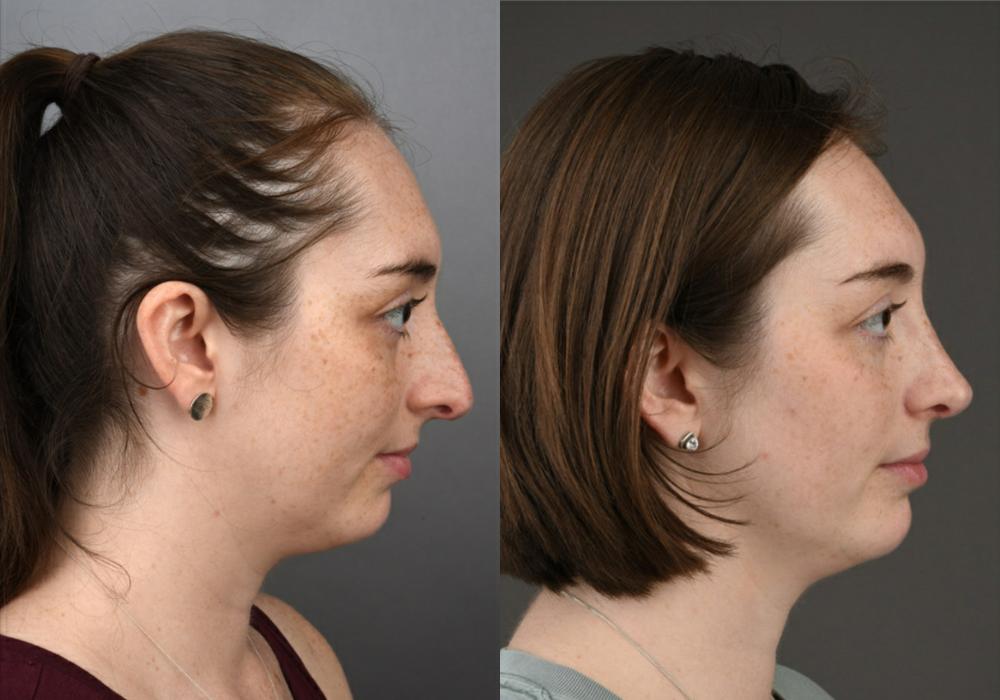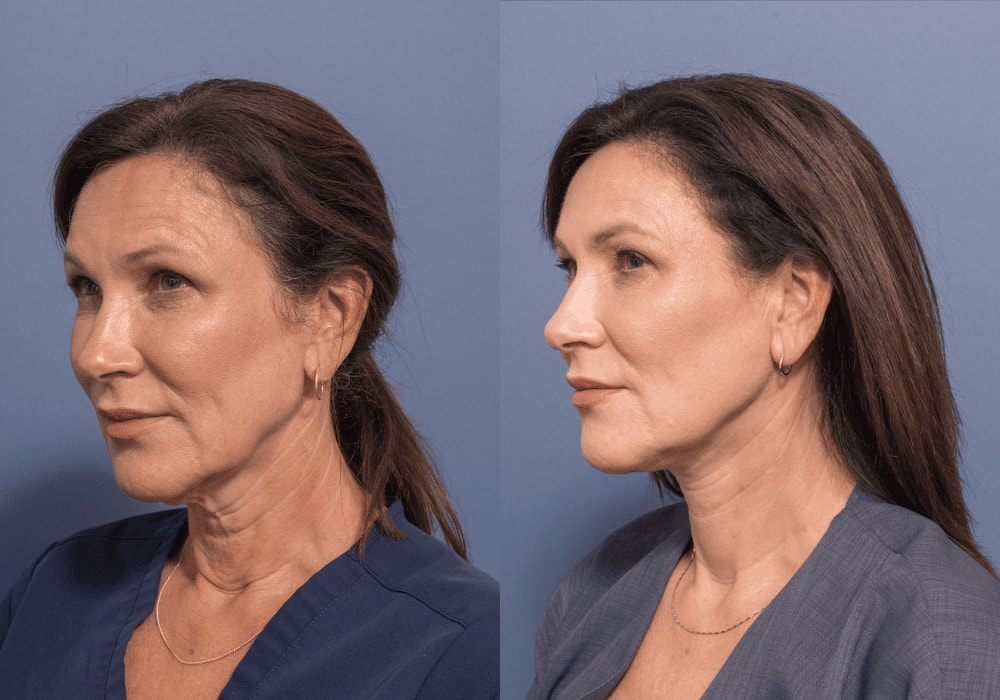To maximise your surgical result, it is important to take care of your skin in the weeks/months prior to surgery. Below is a general guide on how to take care of your skin prior to your surgery.
Dr Honeybrook highly recommends Dr Edwina’s Skin Care Range.
SUNSCREEN:
The most important skin care tip is to minimise sun exposure. Wear sunscreen daily, regardless of the season or weather outside. UVA and UVB rays cause damage to the skin resulting in less functional collagen and elastin fibres to assist with healing post op. Excessive sun will also result in increased redness and widening of scars. Use at least a SPF 30+ sunscreen (tinted is ok) which is zinc or mineral based. To remove the mineral baser sunscreen from your face, use a moist warm microfibre wash cloth to gently remove the product.
CLEANSER:
It is important to cleanse the skin prior to using any products. Dr Honeybrook recommends the Dr Edwina Restore Cleanser to use morning and night. Alternatively, a gentle cleanser such as Johnson and Johnson Baby Shampoo or Cetaphil Gentle Skin Cleanser can be used to clean the facial skin.
FACIAL PRODUCT APPLICATION
Generally, the order of applying skincare products is to start with the thinnest (least viscous) to thickest (most viscous) products. Dr Honeybrook and/or the nursing staff may advise you on any variations to this regimen.
MOISTURISERS:
There are many moisturisers on the market, and you may have already found a moisturiser that works for your skin. Generally, mildly scented moisturisers with fewer chemicals are safer for the skin. Dr Honeybrook highly recommends the Dr Edwina Starter Kit which includes a restore serum, restore moisturiser and gentle cleanser. Alternatively, Cetaphil and Neutrogena products are gentle and effective. These include the Cetaphil Daily Facial Moisturiser and Neutrogena Hydro Boost HA Nourishing Cream.
VITAMIN C/ANTIOXIDANT:
Dr Honeybrook highly recommends Dr Edwina Vitamin C Serum which is a lightweight serum that noticeably improves radiance, reduces inflammation, and enhances the overall clarity and texture of your complexion.
In most rhinoplasty cases, cartilage grafting is required to restore beauty and function to the nose. In most cases, cartilage can be harvested from the back of the nose (the septum). However, in some cases the cartilage from the back of the nose cannot be used. This may be due to prior trauma, severe deviations of the septum or prior surgery.
In situations where further cartilage is required but it cannot reliably be taken from the back of the nose, the surgeon must look at other options. Generally, these options include harvesting you ear cartilage, your rib cartilage or using irradiated cartilage from another human (cadaveric rib graft).
You have been identified as a good candidate for an irradiated rib graft. This graft has been irradiated and therefore there is no risk of transmission of microorganisms or other diseases from the graft. Also, this is not a transplant, and therefore transplant medications are not required to be taken.
The benefits of irradiated rib graft are:
- No chest scar or pain from the chest incision
- Reduction in operative time (approx. 1 hour)
- No difference in warping or reabsorption of the cartilage compared to harvesting your own cartilage
Post CO2 Laser Skincare
All patients require close attention to their skin care post CO2 laser resurfacing treatment to optimise their result. CO2 laser resurfacing involves partially ablating the facial skin to promote a healing response with the resultant development of new collagen and elastin. It is the development of the new collagen elastin that allows for an improvement in texture, tone, and fine lines and wrinkles. After CO2 laser resurfacing it is very easy for the skin to lose hydration due to the small areas of ablation that have been created by the laser. The main goal in wound healing is to keep the skin moist. Studies have shown that keeping facial wounds moist results and 30 to 40% improvement in healing over wounds that are not kept moist.
Cutagenix
Cutagenix is an advanced wound healing product that contains perfluorodecalin. Perfluorodecalin is an active ingredient that results in increased tissue oxygenation making it ideal for post CO2 laser resurfacing skin care. In addition to the improved availability of oxygen to the skin to aid in rapid healing, Cutagenix traps moisture within the facial skin to prevent dehydration. This results in a twofold effect of improved skin moisture levels as well as in greater skin oxygenation. Application is required 2x per day post CO2 laser treatment. There may be an initial tingle/burning sensation after applying Cutagenix which is normal and represents hyperoxygenation of the tissues.
Cutagenix can be purchased from the office prior to your laser procedure.
As the popularity of non-surgical treatments and “nano” anti-aging therapies soars, more and more people are starting to approach cosmetic medicine from a preventative standpoint—and at an earlier age. For the last few years, the topic of millennials and plastic surgery has been covered by beauty magazines and bloggers, with headlines claiming that younger generations are increasingly opting for cosmetic procedures.
While these stories might be stretching the truth somewhat (individuals between the ages of 35-50) still make up the largest percentage of cosmetic surgeries performed), it’s true that we are seeing more and more younger individuals who are concerned with aging.
In fact, one of the most common questions we hear is, “am I too young for a facelift?” When considering the effects and impact of aging, no two people are exactly alike. All of us have different genetic traits and life experiences, which ultimately contribute to the condition of your skin and overall “genetic age.” With this in mind, let’s explore the “ideal” age for getting a Facelift.
So, what exactly is a facelift?
A facelift is a procedure that lifts and tightens facial skin to reduce excess, sagging skin and deep wrinkles and creasing. Traditional, deep plane facelifts include tightening the SMAS (superficial musculoaponeurotic system), which is the underlying muscular structure and overlying tissues. This elevates facial cheek fat and tissues to a more youthful position while reducing the appearance of jowling. Full facelifts often are combined with additional procedures, such as a brow lift, neck lift, or eyelid lift for full facial rejuvenation. Facelifts usually offer the most visually dramatic results for men and women who are experiencing deep wrinkles on the face and drooping skin. However, facelifts are not a one-size-fits-all procedure—and the technique used will be fully customized to your personal needs.
As a younger individual in your 30’s or 40’s you may not have significant skin laxity, wrinkling or banding in the neck and therefore you may be looking for less invasive option to a full facelift. In these cases, we will customize a surgical treatment plan for you, often to recreate the youthful jawline that many of us would like to have. With the use of minimally invasive neck lifting techniques, individuals can achieve this with minimal downtime and no visible scars.
I’m only in my 30s—is that too young for a facelift?
There is no easy way to answer this question because everyone ages differently and at varied rates. While some people retain a youthful appearance well into their 40s or even their 50s, others may show some advanced signs of age earlier. Not only that, individuals who have lost a significant amount of weight may feel self-conscious over drooping and wrinkled facial skin, regardless of their age.
Because genes play such a huge role in our appearance and how we will age, some people experience common signs of aging much earlier in life. Therefore, to truly answer the question of whether a facelift is right for you, it’s necessary to consult one-on-one with a surgeon with specific training in facelift surgery. They may find that you are a candidate for the surgery, or they may be able to recommend different options or procedures that address your unique and individual concerns. Many individuals in their 30s and 40s come for facial rejuvenation procedures and often have in their mind that they are not candidates for surgical treatments only until the point that they have severely sagging and wrinkled facial skin. Therefore, many people think that the only treatment options that they can have are injectable fillers and nonsurgical treatments. However, this is not always the case. With development of minimally invasive surgical rejuvenation techniques, often a surgical option is more cost effective in the long run and can provide overall better results with minimal downtime.
Another point worthy of consideration is the length of enjoyment you can have from undergoing a surgical treatment earlier in your life compared to later in your life. We will often discuss with individuals that is not necessary to wait until they have a severely aged facial appearance before undergoing surgery. Why not turn back the time and look and feel younger at an earlier age to allow you to enjoy the result for many years to come?
Why are drains used?
Dr Honeybrook routinely uses surgical drains in all deep plane facelift and neck lift procedures. The reason Dr Honeybrook uses drains is to prevent blood or fluid accumulating in the neck which can affect the viability of the skin.
When a face or neck lift is performed there is a large surface area of skin that is elevated and after the deeper tissues and skin is tailored and redraped we want the skin to stick back down to the deeper tissues to re-establish its blood supply. If there is fluid or blood underneath the skin this can affect the blood supply of the skin.
How long do the drains stay in?
The drains are placed behind the ears on both sides and are tunnelled down underneath the skin to drain the front of the neck where fluid collects with gravity. Generally, the surgical drains are left in place for 1 night and are removed the following morning after surgery.
If you stay overnight in the hospital after your operation, Dr Honeybrook will see you in the morning at the hospital to assess if the surgical drains can be removed. If you are discharged home on the day of surgery, you will return to the office the day after surgery for our nurses to assess if the drains can be removed. In most situations the drains can be removed the morning after surgery.
Dr Honeybrook or our nursing staff will assess how much output is in the drain and will assess the neck for any excess blood or fluid that may have collected after surgery.
Managing the drains at home
In some circumstances the drains will be left in for a longer period of time to ensure there is no accumulation of blood or fluid in the neck. This will require you to manage the drains at home which is a relatively straightforward process.
First is important to understand how the drain works. There is a small tube that is tunnelled underneath the skin and exits the skin behind the ear and this tube has small holes towards the end which the blood and fluid can drain into. The drain, when charged, applies a suction effect which draws the fluid into the tube and subsequently the drain bulb.
The drain is charged by releasing the top plug of the drain and squeezing the drain whilst reapplying the top plug. This applies a negative pressure to the drain. If the drain quickly loses charge and inflates, please let the office know.
We will ask you to record the output from each drain every 24 hours. We recommend doing this at the same time point every day for accuracy. To empty and record the drain output release the top plug of the drain and empty the fluid inside the drain into a measuring cup. Next measure and record the amount of fluid or blood from each drain in the drain recording sheet we provide you.
We will then ask you to report these numbers to our nursing staff each day to determine if you can come into the office to have the drains removed. The drain removal process involves removing a stich and gently pulling the drain and is generally a painless process.
Nasal Exercises After Rhinoplasty
After the external nasal splint has been removed following a rhinoplasty there is a tendency for the nose to swell. There is also a tendency for the nasal bones that have been repositioned to want to splay into a wider position. Therefore, in all rhinoplasty patients Dr Honeybrook recommends nasal exercises to mobilise and reduce swelling after surgery as well as reduce the likelihood of the nasal bones widening.
The first exercise involves taking the index finger of your right hand and pushing down along the bridge of the nose all the way from the tip up to in between the eyes/forehead. This should feel tender but not excruciatingly painful. Please perform this 10 seconds 10 times a day for at least the first 3 weeks after your surgery.
The next exercise involves taking both your index fingers and placing along the side of the upper portion of the nose where the nose which should feel firm. Again, you are going to push against the sides of the nose until it feels tender but is not unbearably painful. Please perform this exercise for 10 seconds to 10 times a day for at least the first 3 weeks after your surgery.
In selected circumstances after eyelid surgery Dr Honeybrook will recommend an eye pressure patch to reduce swelling of the eyelid/s. If this has been recommended to you, please follow these instructions carefully. Please obtain makeup removal pads from your local chemist or supermarket. The thicker the removal part be better in this situation.
Wet 2 of the pads and keep them together in place into your freezer. You can prepare multiple sets in the freezer in preparation. Once they have been in the freezer for at least 30 minutes place these 2 pads on the effected eye or eyes while the eye is closed and cover with another 2 dry pads.
Next have somebody helping you use micropore tape or other tape to firmly tape down the pressure pads to apply pressure to the closed eye. Used 2 strips of tape to keep firmly in place. If you have been advised to apply eye pressure pads please perform this twice during the day for 1 hour on each occasion and overnight while you sleep.
Supplements to Improve Healing after Facial Plastic Surgery
Bromelain
Bromelain is an over-the-counter supplement that improves bruising which may be associated with surgery. Bromelain is homeopathic product derived from a pineapple extract and has been shown in studies to reduce pain and enhance wound healing.
Bromelain only comes in oral forms. Dr Honeybrook recommends taking oral bromelain after surgery and is to be taken with each meal 3x daily. Take this supplement until you are seen back for your first post operative appointment at 1 week.
Arnica Montana
This is an over-the-counter supplement that helps bruising and swelling associated with surgery. There are oral and topical forms of Arnica Montana. Dr Honeybrook recommends both oral and topical Arnica Montana. Use Arnica Montana 3C or 6C tablets and dissolve 2 tablets under the tongue every 4 hours.
The topical form of Arnica Montana can also be used to reduce post operative recovery time, swelling and bruising. Dr Honeybrook has formulated a specific product called SkinSoothe+ for patients after facial plastic surgery procedures that contains Arnica Montana, Heparinoids and other proprietary components and recommends using this after surgery. Apply 3x daily starting the day after surgery. Take this supplement until you are seen back for your first post operative appointment at 1 week.
During the first 24–48 hours after treatment you will experience redness, swelling and tenderness in the treated areas. These responses are normal and resolve quickly and spontaneously over the next 2-4 days. If PRP/PRF is injected into the face, you can apply light water-based or mineral makeup where necessary. Drink plenty of water for 48 hours after the procedure.
Bruising at the site of injection is also common and clears completely in 1-10 days. Swelling and bruising can give the appearance of ‘unevenness’ in the area treated. This will settle once the swelling and bruising has gone.
After your treatment you should:
- Avoid alcohol, caffeine, hot drinks and spicy food for 24 hours, as these may exacerbate bruising and swelling.
- Avoid medications such as aspirin or nurofen for 1-2 weeks as they are blood thinning agents and may exacerbate bruising (if these medications have been advised by your GP please check with your GP before stopping them)
- Avoid supplements such as multivitamins, fish oils, glucosamine and Vitamin B or Vitamin E, which are blood thinning agents and may exacerbate bruising for 1-2 weeks (if these supplements have been advised by your GP please check with your GP before stopping them)
- Avoid exercise/exertion for 24 hours
- Avoid excess sun exposure or solarium use for 24 hours
- Avoid getting the scalp wet if you have had PRP/PRF treatment for hair loss
You will feel raised ‘bumps’ and raised ‘threads’ on the skin in some areas that have been treated.
If you are having PRP/PRF injected into the scalp for hair loss, please avoid massaging and avoid getting the scalp wet for the first 24 hours.
If PRP/PRF is injected into the face, it is advisable to massage the areas gently with a greasy moisturiser or arnica cream 2-3 x daily for 5-7 days. This will ensure that the PRP/PRF is spread across the deep layer of the skin to create a sheet of product which will attract water to it and hydrate the deep layer of the skin.
PROBLEMS TO REPORT
- Signs of infection:
- Increasing redness
- Increasing pain
- Fever
- Discharge of pus from the wound
- Increasing swelling
- Prolonged or increasing volume of bleeding
- Nausea or vomiting that is not settling
- Chest pain and /or shortness of breath
- Pain in your calves
FOLLOW UP CARE
Your follow up visit is usually 1 to 2 weeks after surgery. If you do not already have a post-surgery follow up appointment, please call the office number listed above where you were originally seen. If you have any questions or concerns prior to your scheduled appointment, please call the office and speak with one of our nursing team during business hours (8:30AM – 4:30PM).
In case of a LIFE THREATENING emergency please call 000.
Any other information regarding this procedure or any other surgical procedure can be found at www.valleyplasticsurgery.com.au.
